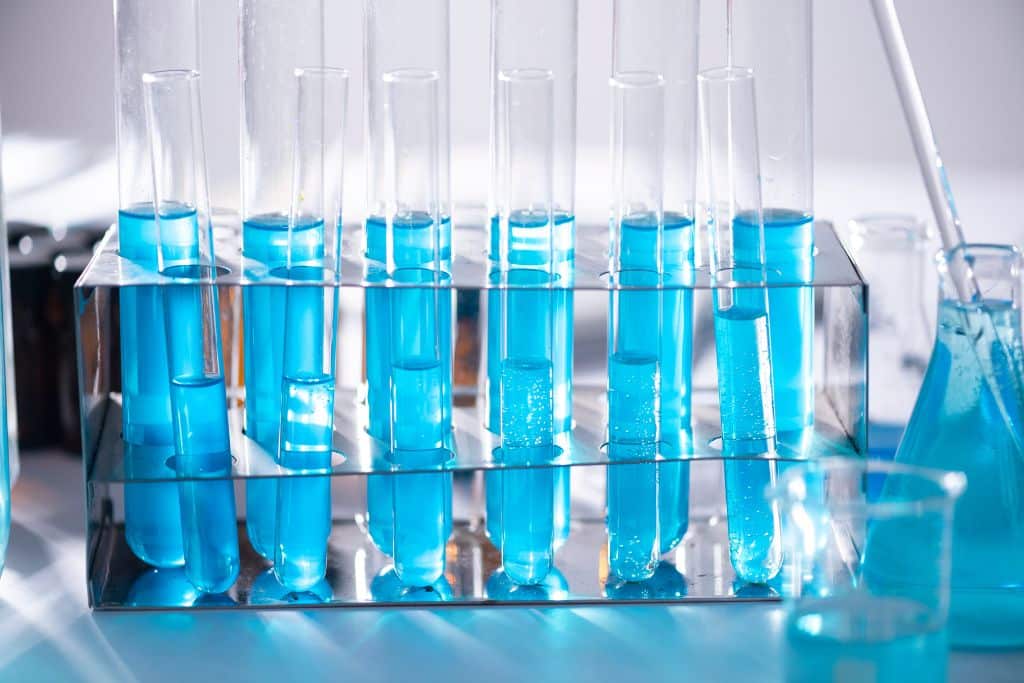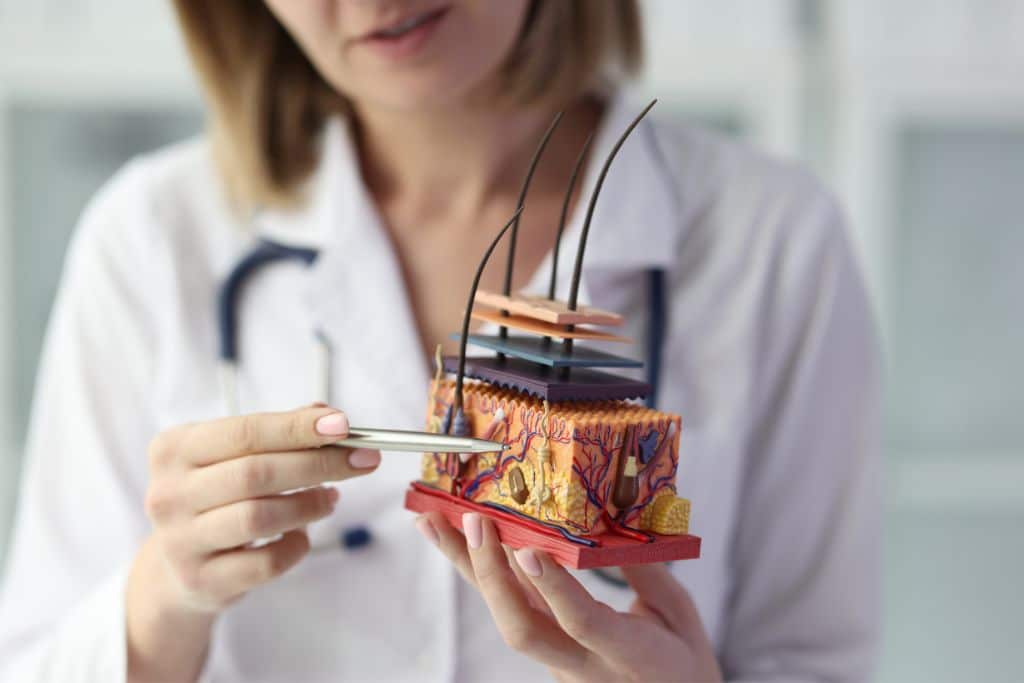The Chemistry of Health and Healing
Chemistry is the science that joins together physics and mathematics, biology and medicine, and the earth and environmental sciences. Chemists have made many important contributions to health and healing. These include the development of new drugs and laboratory testing. The Chemistry of Health and Healing is a comprehensive guide to the chemistry that underlies health and healing. It covers topics such as vitamins, minerals, antioxidants, hormones, and environmental chemicals. The book also includes tips on how to find and use these elements in your own healthcare practice.
Development of New Drugs
The development of new drugs is one of the most important and complex tasks in the pharmaceutical industry. It involves a series of processes, including target identification and validation, hit identification, lead generation, and optimization, and finally the discovery of a candidate drug for further testing.
The amount of money that the pharmaceutical industry spends on research and development has increased considerably in recent years. In 2019, the industry spent $83 billion on R&D, which is about 10 times what it spent in the 1980s.

The number of factors determine how much drug companies spend on R&D. These include expected global revenues from a new drug, costs to develop the drug, federal policies that affect the demand for drug therapies, the supply of new drugs, or both.
Laboratory Testing
Lab testing is a way for doctors to see what’s going on with your body and how it responds to treatment. Blood tests are common, but there are many other types of laboratory tests that are used by doctors to find out what’s wrong with you.
Doctors use these tests to diagnose diseases, monitor the health of patients, plan or evaluate treatments, and identify problems before they get worse. They also help with the development of new drugs or therapies and are sometimes important in determining the effectiveness of current treatments.

Using the most appropriate laboratory test for a particular patient is crucial in an age of managed care and outcome-oriented medicine. It requires an understanding of the major “legitimate” reasons for ordering a particular test and the ability to select and use it appropriately.
Materials for Surgery
Surgical instruments and supplies are critical tools used during surgery to ensure that patients receive safe, effective care. Their use is often dependent on the nature of the procedure being performed.
Various materials are used in the creation of surgical instruments and implants. These include carbon steel, stainless steel, and titanium.
Titanium is a metal that is lighter than steel and has an excellent strength-to-weight ratio. It is also biocompatible and non-allergenic.

Implants made of titanium are popular in orthopaedic and dental surgeries. They are strong and can integrate with bone, which makes them a great option for bone-fixing procedures.
Grafts are also used during surgery. They can be harvested from the patient’s body or other donors, which can help decrease the risk of rejection and complications. They can also be created from synthetic mesh or other biomaterials.
Artificial Skin
Your skin is your body’s largest organ, and it performs many vital functions to protect you. Your skin also helps you sense and control your environment.
The human skin is an intricately layered structure composed of the epidermis and dermis. It also has various appendages, including hair follicles, sweat glands, sebaceous glands, nerves, lymphatics, and blood vessels.
In the body, your skin maintains a constant tension through collagen fibres to help keep internal structures strong and flexible. This tension is important for your skin to protect you, sense things, and stay healthy.

Until now, people with large burns or chronic wounds have relied on skin grafts from other parts of their bodies. These grafts can be painful and are not always successful at healing large wounds.
However, a new type of artificial skin could reduce these problems. Scientists in Cincinnati have used a patient’s own skin cells to create artificial skin that can sweat, tan, and fight off infection.
Homoeopathic veterinary medicine is an alternative form of treatment that utilizes highly diluted substances to stimulate the body’s natural healing process. This approach is based on the principle of “like cures like” and aims to address the underlying cause of an animal’s health issue rather than simply treating the symptoms. If you’re interested in learning more about this holistic approach to animal healthcare, check out the article “Teach Readers About Homeopathic Veterinary Medicine.” It provides an informative overview of the principles and practices of homoeopathic veterinary medicine and could be a valuable resource for those looking to explore alternative treatment options for their furry friends.

